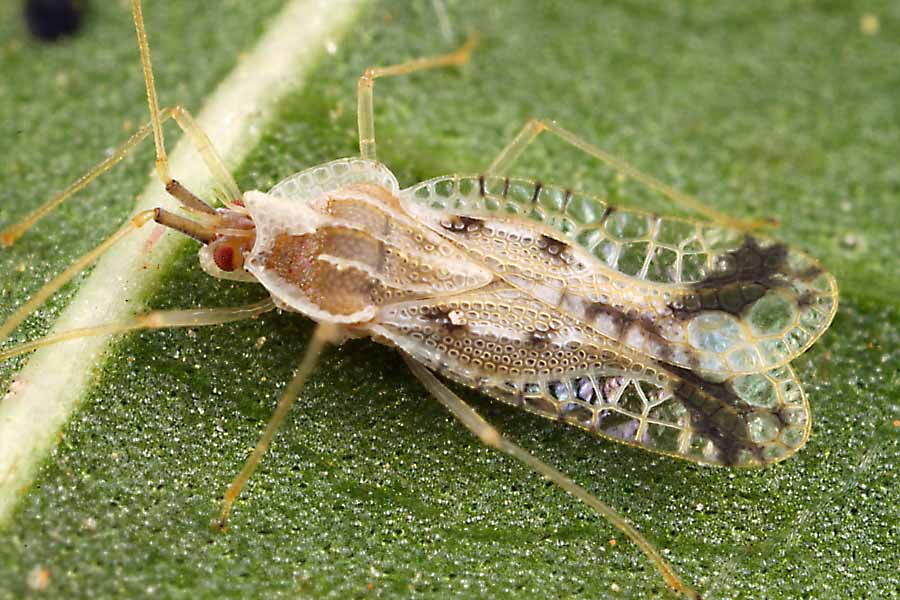24/7 Emergency Service
24/7 Emergency Service

Your friends here at Southern Star Tree Service have experience identifying and fending off a wide variety of pests and garden intruders. These unwanted guests are the cause of great stress as they pierce leaves, suck sap, and otherwise wreak havoc on plants, shrubs, and trees. The topic of this article will be the tiny and annoying lace bugs. We’ll identify the lace bug, go over some signs of an infestation, and give you some tips on fending off and getting rid of these pests. Call Southern Star Tree Service if you would like to leave this work to an ISA-certified arborist. We are always happy to provide consultations and on-site visits.
Spotting Lace Bugs
Lace bugs are incredibly small pests that can cause big problems. Adult lace bugs are about a tenth of an inch to an eighth of an inch long, meaning it can be difficult to spot them with the naked eye unless you get up close and personal. What you will see when you get close is the reason why they are called lace bugs: the transparent, patterned wings that form a lacy shield over their body.
The adult lace bugs will lay groups of eggs on the underside of leaves, usually along the midrib and lateral veins. At a rate of about five to seven eggs per day, the lace bug will lay over 300 eggs during the adult stage. After about 12 days, the nymphs will emerge from the eggs and feed in small clusters near their empty eggshells. It takes between 22 and 45 days from egg to adult, and the adult’s life span is around one to four months depending on the temperature and environment.
Lace Bug Damage and Warning Signs
Lace bugs in Georgia especially enjoy azaleas but can also feast on hawthorns, cotoneasters, sycamore, ash, hickory, and mulberry trees. These pests like to suck on the sap of leaves, causing the leaves to look spotted and bleached. Between mid to late summer, you might notice the whole shrub or section of a tree look thin and lacy much like the lace bug itself. You might also find specks of the lace bugs’ dark excrement on the bottom sides of plant leaves.
Getting Rid of Lace Bugs
As it is, prevention is worth more than cure. So, monitor your susceptible plants weekly in the spring, summer, and fall. Check the underside of leaves to find the lace bugs and, more importantly, the groups of eggs. A hard jet of water from the garden hose should dislodge the bugs, nymphs, and eggs. Granted, it can be difficult to remove them all. There are many chemical controls including insecticidal soap, horticultural oil, and other insecticides. Don’t forget to properly water and fertilize your plants so they remain healthy enough to fend off the stress of a lace bug infestation.
Call Southern Star Tree Service
If you suspect your shrubs or trees are infested, then call Southern Star Tree Service for a consultation or to schedule an on-site visit. We are always happy to help.
17 May, 2024
Summer is usually hot, which can take a toll on your yard. While many trees maintain green canopies, some species shed their bark. If you notice this natural occurrence, consult a tree service expert to ...
Read More11 May, 2024
Tree pruning is an essential practice for maintaining health, aesthetics, and functionality. When done correctly, pruning can promote growth, improve structure, and prevent disease...
Read More